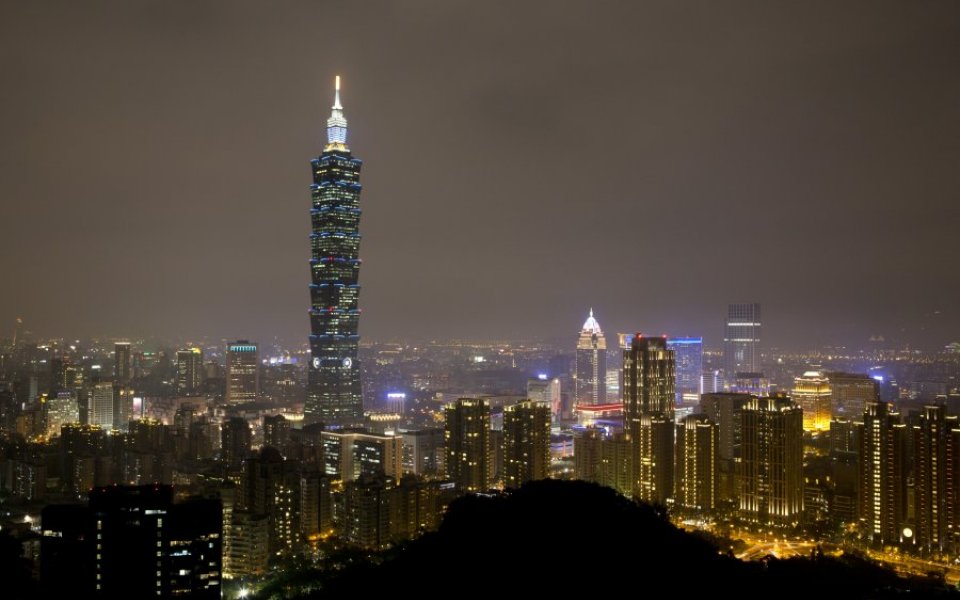Made In Taiwan: As China’s growth slows, promising stocks lie across the Formosa Strait

As China's earthquake rumbles on, the regional trading partners which have depended on its double digit growth for three decades are feeling the shocks. The Malaysian and Indonesian economies have suffered, but the manufacturing sectors in Japan, South Korea and Taiwan are also inextricably tied to that of Asia’s largest economy.
Exports account for 70 per cent of Taiwan’s GDP, and mainland China is its biggest customer. Minerals, metals and chemical products have all faltered as foreign demand has ebbed. And last week, Taiwan posted its most sluggish growth figures since 2009.
But with commodities in the doldrums, some experts insist that Asian markets, like Taiwan, deserve more attention. So where should investors look?
THE CHIPS ARE DOWN
Around 40 per cent of Taiwan’s exports come from its electronics sector, chiefly its semiconductor industry. But the industry is highly cyclical and suffers from periodic overcapacity. Moreover, most Taiwanese memory chip companies made losses during the last decade as they tried to gain market share.
One company, Taiwan Semiconductor Manufacturing Company (TSMC), stands apart from that cycle, says Will Ballard, head of emerging markets and Asia Pacific equities at Aviva Investors. It is one of the largest holdings in Aviva’s emerging market income fund.
“TSMC has exceptional capability and has such scale that its dominance has become almost unassailable,” he says. “It could spend $10bn in capital expenditure to stay ahead technologically and still have free cashflow afterwards.”
And TSMC’s star could rise much higher with the production of Apple’s iPhone 7.
Various reports indicate that it will be the sole manufacturer of the A10 chips to be used in Apple's next model, wrestling share away from Samsung, which supplies the majority of the A9 chips currently in use.
TAIWAN'S MITTELSTAND
Taiwan is a mature market, however, so investors shouldn’t expect anything like the rampant growth which mainland China has seen.
But there are upsides to more mature markets, including a focus on the shareholder. “A lot of Mittelstand-type companies in Taiwan have family shareholdings and have been in their businesses for a long time,” says Matthew Dobbs, manager of the Schroder Asia Pacific fund.
IT hardware producers aside, Dobbs is encouraged by Taiwan’s textiles industry, as well as areas like equipment testing and point-of-sale equipment. “They understand the realities of operating in open and free global markets, and have a good focus on converting cash to earnings. They also pay decent dividends, which shows that shareholder returns matter to the management.”
There are potentially high returns to be made in stocks with smaller market capitalisations. Pacific Hospital Supply, which specialises in low tech medical devices like medical piping and urine bags, has enjoyed consistent revenue growth for the last decade.
“You can pick up shares like this with a 3 per cent dividend yield very easily in Taiwan”, says Ballard. “You’d be paying much higher multiples for a company like that in the the US or Europe.”
THE REGIONAL OUTLOOK
There are worries about the impact on trade if the political fissure between Taiwan and mainland China grows. Last month, the DPP led by Tsai Ing-wen, won a landmark election to unseat the Kuomintang, which has held power since 1949. The DPP has traditionally favoured independence from China, and Tsai’s victory brings “a lot of uncertainty,” says Ballard.
But the consensus view is that Taiwan’s economy will grow by 2.3 per cent in 2016, up from 0.9 per cent last year. Capital Economics’s assistant economist Andrew Wishart and senior Asia economist Daniel Martin are even more optimistic, forecasting growth of 3 per cent as Chinese growth picks back up.
There are few countries in the region which offer low valuations, however. India has relatively little exposure to China, but valuations are higher and Narendra Modi’s reforms have been slow in coming. Valuations are also high in the Philippines, although GDP figures are encouraging.
There is optimism about consumption-related industries in the region as a whole.
“Outside of Taiwan, companies like Filinvest in the Philippines, would give investors exposure to the growing wealth and demand for property. Globe Telecom is another important player which has been gaining market share,” says Ballard.
“People see lower growth in Taiwan and they worry,” he adds. “They fail to take into consideration better corporate governance, higher returns and high, sustainable dividends. Taiwan feels like a slightly overlooked market.”